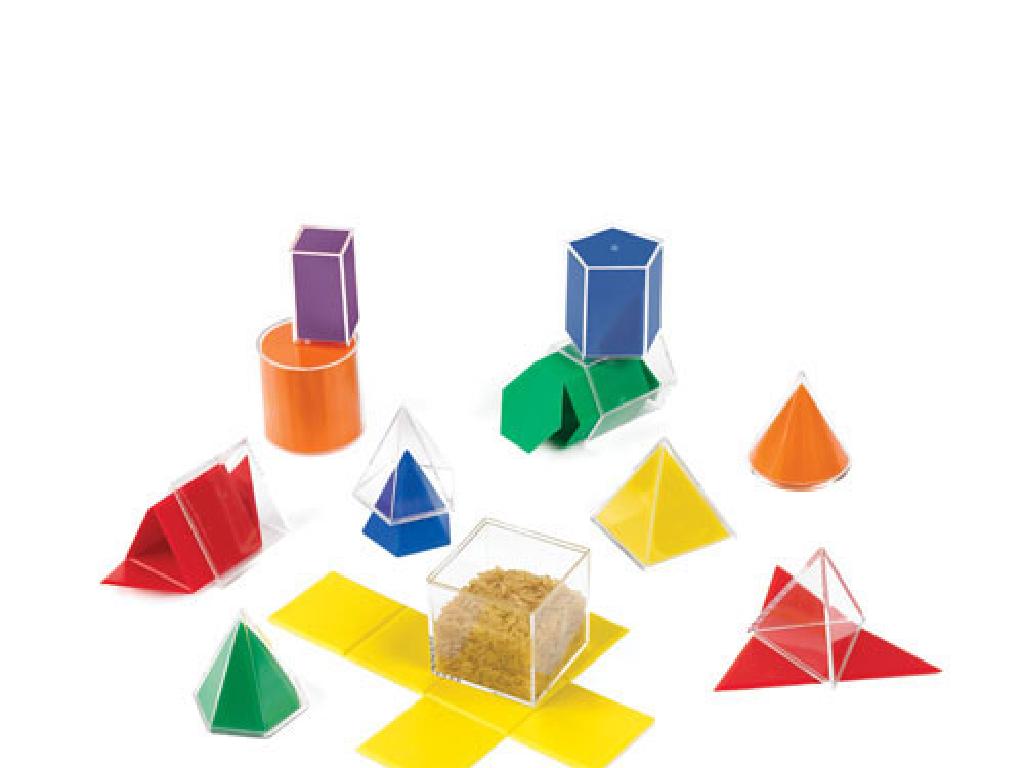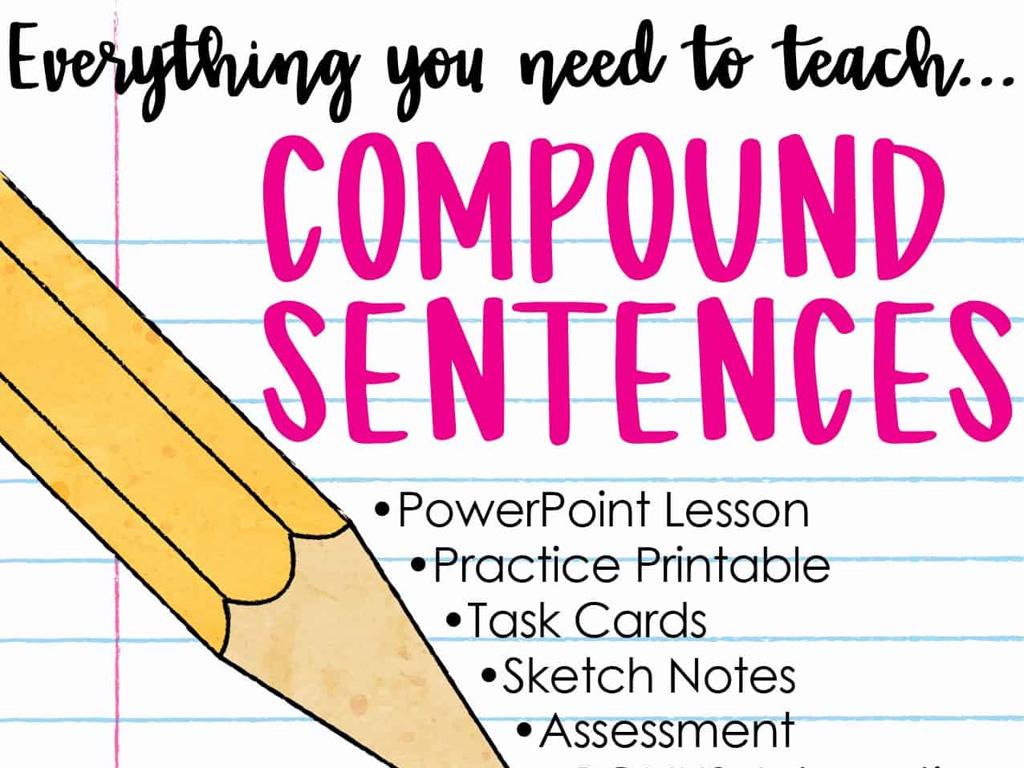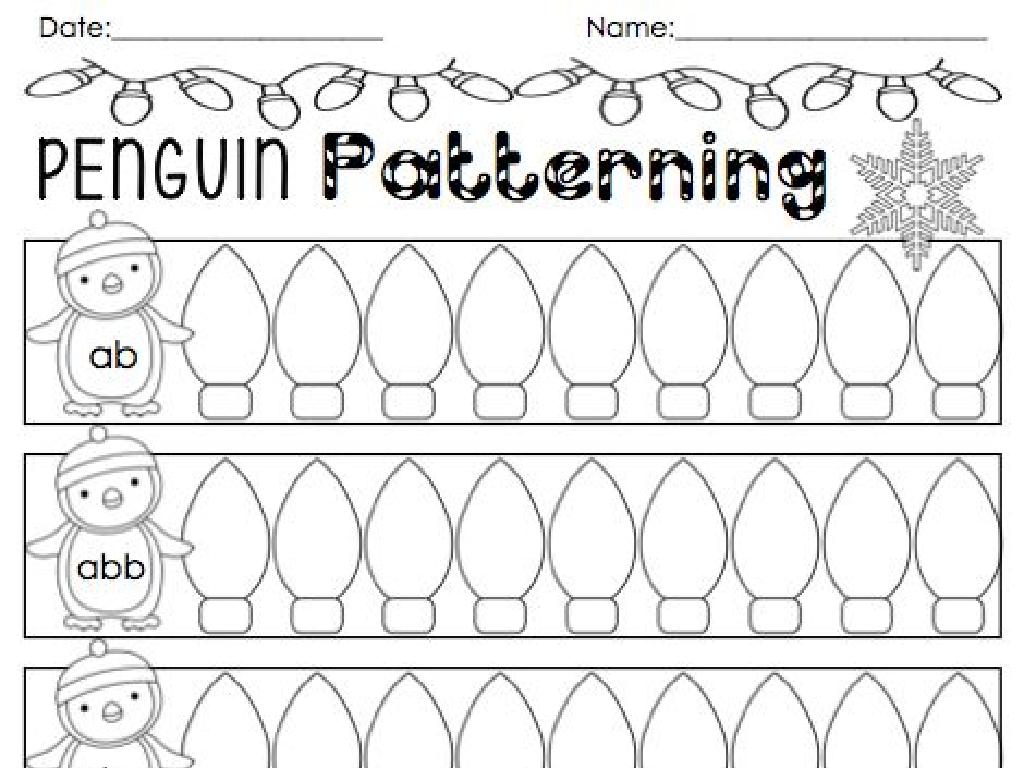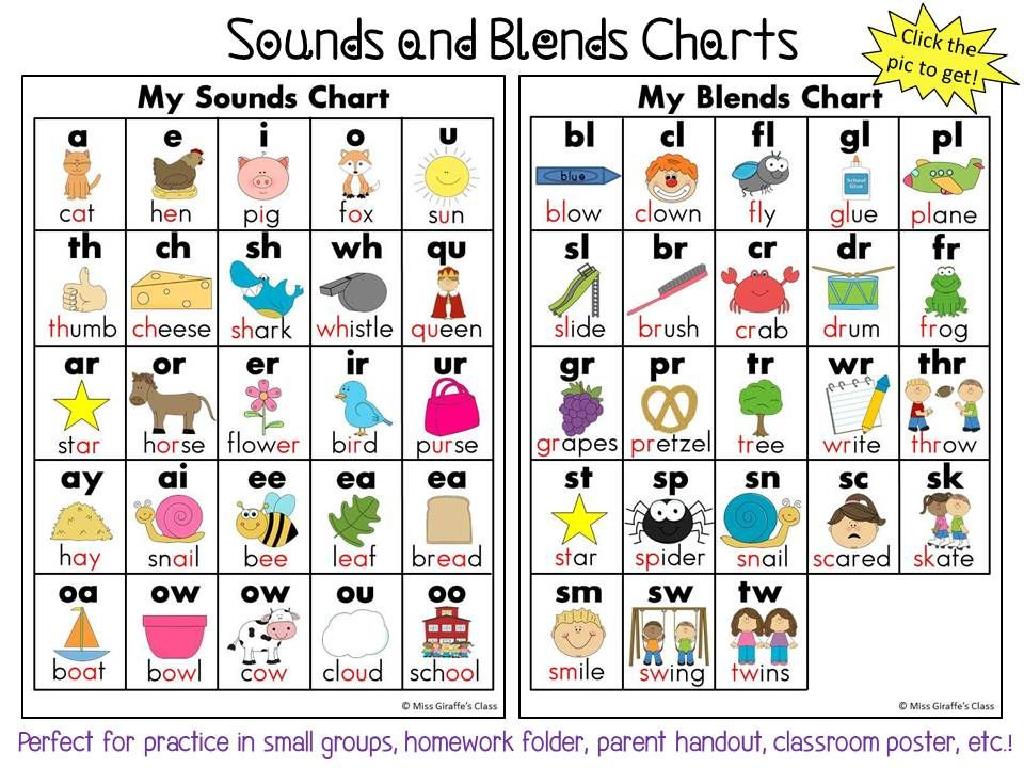Use The Correct Pair Of Correlative Conjunctions
Subject: Language arts
Grade: Sixth grade
Topic: Conjunctions
Please LOG IN to download the presentation. Access is available to registered users only.
View More Content
Exploring Correlative Conjunctions
– Understanding conjunctions
– Conjunctions connect words, phrases, or clauses
– Types: Coordinating, Subordinating, Correlative
– Coordinating: and, but; Subordinating: because, although; Correlative: either…or, not only…but also
– Today’s spotlight: Correlative Conjunctions
– Pairs of conjunctions that work together
– How to use them correctly
– Use them to link equivalent sentence elements
|
This slide introduces the concept of conjunctions, with a focus on correlative conjunctions. Begin by explaining that conjunctions are words that link other words, phrases, or clauses in a sentence. Highlight the three types of conjunctions, giving examples for each. Then, narrow the focus to correlative conjunctions, explaining that they always come in pairs and are used to connect equivalent elements in a sentence. Provide examples like ‘either…or’ and ‘not only…but also’, and demonstrate how they are used in sentences. Encourage students to think of correlative conjunctions as ‘partners’ that work together to add complexity and precision to their writing.
Mastering Correlative Conjunctions
– Correlative conjunctions connect pairs
– They link words/phrases with equal importance
– Common pairs: either/or, neither/nor
– ‘Either eat your veggies or have a salad’, ‘Neither the rain nor the wind stopped her’
– They ensure sentence balance
– Symmetry makes sentences pleasing and clear
– Usage in writing for clarity
|
This slide introduces correlative conjunctions, which are pairs of conjunctions used in tandem to join together words and phrases of equal grammatical importance in a sentence. Provide examples to illustrate how these conjunctions are used to create balance and symmetry, making sentences easier to understand and more aesthetically pleasing. Emphasize the importance of using the correct pair together and not mixing them up. Encourage students to practice by creating their own sentences using correlative conjunctions to reinforce their understanding and ability to use them effectively in writing.
Mastering Correlative Conjunctions
– Parallel structure is key
– Both parts must match in sentence structure
– Consistency in word choice
– Use similar types of words and phrases
– Punctuation with conjunctions
– Commas often pair with conjunctions
|
This slide focuses on the rules for using correlative conjunctions correctly. Rule 1 emphasizes the importance of parallel structure, meaning that the sentence parts following both halves of the conjunction should have the same grammatical format. Rule 2 highlights the need for consistent word choice, ensuring that the paired elements are of the same type for clarity and flow. Rule 3 points out that punctuation, especially commas, is often used to separate the elements of the sentence that are brought together by the conjunctions. Provide examples for each rule to solidify understanding, such as ‘not only…but also’, ‘either…or’, and ‘neither…nor’. Encourage students to create their own sentences using these rules to practice proper usage.
Mastering Correlative Conjunctions
– ‘Either/or’ for choices
– Use ‘either/or’ when you have two options: ice cream or cake.
– ‘Neither/nor’ for negatives
– ‘Neither/nor’ shows both options are not true: blue shirt nor red shirt fits.
– ‘Not only/but also’ for emphasis
– ‘Not only/but also’ adds info showing high value: athlete and student.
|
This slide introduces students to correlative conjunctions, which are pairs of conjunctions used in a sentence to link balanced phrases or words. The examples provided are meant to illustrate how these conjunctions function in different contexts. ‘Either/or’ is used when presenting two alternatives, ‘neither/nor’ when denying two options, and ‘not only/but also’ when emphasizing two positive qualities. Encourage students to create their own sentences using these conjunctions to solidify their understanding. In the next class, students can share their sentences to practice and learn from each other.
Activity: Identifying Correlative Conjunctions
– Identify correlative conjunctions
– Look for pairs like ‘either/or’, ‘neither/nor’
– Work with a partner
– Collaboration can help you learn better
– Underline the conjunctions
– This will help you visualize the conjunction pairs
– Explain your choices
– Understanding the ‘why’ deepens your learning
|
This activity is designed to help students recognize and understand correlative conjunctions through practice and collaboration. Students will work in pairs to identify correlative conjunctions in given sentences, which encourages peer learning and discussion. As they underline the conjunctions, they should focus on pairs of words that work together to connect different parts of a sentence, such as ‘both/and’, ‘not only/but also’, ‘either/or’, and ‘neither/nor’. After identifying the conjunctions, each pair will explain their reasoning, reinforcing their understanding of how correlative conjunctions function to create a relationship between sentence elements. The teacher should circulate the room, providing guidance and support as needed. Possible variations of the activity could include creating their own sentences using correlative conjunctions or finding examples in a text they are currently reading.
Crafting Sentences with Correlative Conjunctions
– Create sentences using correlative conjunctions
– Use pairs like ‘either/or’ and ‘neither/nor’
– Maintain parallel sentence structure
– Both parts of speech should be similar
– Share your creations with the class
– Practice public speaking and confidence
– Understand the importance of conjunctions
|
This slide is designed to engage students in creating their own sentences using correlative conjunctions, which are pairs of conjunctions that work together. It’s crucial to emphasize the importance of parallel structure, where the sentence parts joined by these conjunctions are of the same grammatical form. This exercise will help students understand how correlative conjunctions can add variety and complexity to their writing. Encourage creativity and sharing to foster a collaborative learning environment. As they share, they’ll also practice public speaking skills. Provide examples like ‘not only/but also’ to illustrate parallelism: ‘She is not only intelligent but also very kind.’
Class Activity: Correlative Conjunction Challenge
– Form groups for story creation
– Use correlative conjunctions in your story
– Examples: ‘either/or’, ‘neither/nor’, ‘not only/but also’
– Check for grammar and parallel structure
– Ensure each pair of conjunctions is used correctly
– Present your story to the class
|
This activity is designed to reinforce the lesson on correlative conjunctions. Divide the class into small groups and provide them with a list of correlative conjunctions to use. Remind them to pay attention to grammatical correctness and parallelism in their sentences. This means that the sentence structure should be the same after both parts of the correlative conjunction. For example, if ‘either’ is followed by a noun, ‘or’ should also be followed by a noun. After the groups have written their stories, have them present to the class to practice speaking skills and to allow for peer learning. Possible variations of the activity could include creating comic strips, writing poems, or even writing and performing short skits using correlative conjunctions.
Concluding Correlative Conjunctions & Homework
– Review correlative conjunctions
– Write an essay for homework
– Craft a short essay on any topic of interest
– Use 5 correlative conjunction pairs
– Examples: ‘not only…but also’, ‘either…or’, ‘neither…nor’
– Share your work next class
– Be ready to present and discuss your essay
|
As we wrap up our lesson on correlative conjunctions, remind students of their importance in creating coherent and sophisticated writing. For homework, students are tasked with writing a short essay on a topic of their choice, incorporating at least five different pairs of correlative conjunctions to demonstrate their understanding. This exercise will help reinforce their knowledge and provide practice in using these conjunctions effectively. In the next class, students will have the opportunity to share their essays, allowing them to showcase their work and learn from each other’s use of language.






